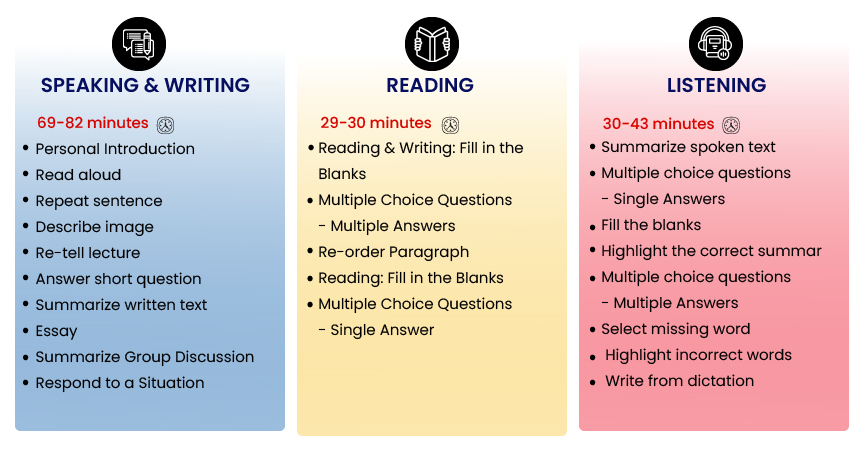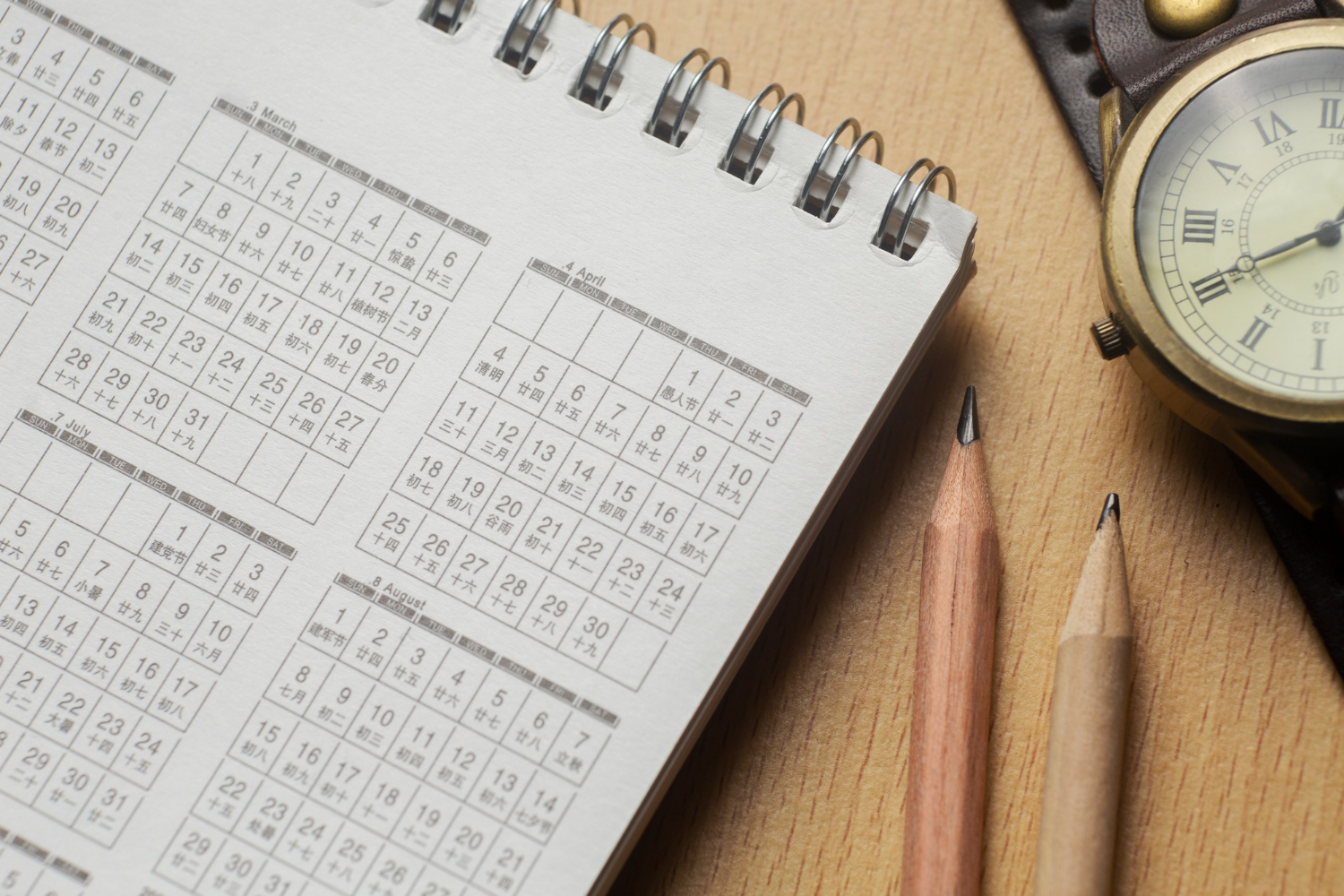How To Get Ready For Duolingo Describe Image Task?

Strong 8k brings an ultra-HD IPTV experience to your living room and your pocket.
The Duolingo English Test has gained immense popularity in the last few decades. As a relatively newer format for testing one's language skills, it is flexible and affordable. Moreover, it is sought after by many students for its convenience and accessibility. Among the diverse question types included in its structure is the Duolingo describe image task. It is a crucial part of the assessment as it marks one's ability to observe. Furthermore, it assesses if an individual can comprehend and effectively use English within a tight time limit.
If you are planning on taking the Duolingo test and want to learn how to prep for this task, this blog is for you. It will break down how to get ready for this part of the exam and its variants.
Knowing the Task: Write vs Speak
Before we dive into the tips for prepping for the Duolingo describe image task, it is crucial to know its two forms:
Write about the photo: In this format, you will be given an image and 60 seconds on the clock. During this limited time, you have to write a description of it, such as what it is about, what is shown in it, etc. There is no extra prep time given before the timer starts for writing. You will usually find three of these types of questions, one after the other
Speak about the photo:This is different from the Duolingo speaking topics task. In this, you will see an image and have 20 seconds to organize your thoughts and ideas. Following this, you will have between 30 and 90 seconds to describe the photo shown orally. Moreover, you can only record yourself once.
Both tasks are designed to assess your literacy skills, including grammar, vocabulary, and sentence structure. Furthermore, it also marks your ability to stay relevant to the Duolingo describe image assigned to you.
What Should be Your Core Strategy?
Here is the basic approach you should have, regardless of whether you are writing or speaking:
Observe Carefully
You have a limited time to complete the given task; hence, it is essential to scan the photo quickly. Here is what to look for:
- First impression: What is the main subject or general scene in the Duolingo describe image? For example, is it a bus scene, or maybe it is a beach landscape? What is the first prominent thing that stands out?
- Foreground: What is closest to you as the viewer? Find the key objects and people in this scan.
- Background: What details are the furthest from you? Is it someone or something? Are they doing an action? Are they holding an object?
- Mood: Moreover, look at the mood of Duolingo describe image given, such as chaos, peace, anger, etc.
Organize Your Thoughts
This classic framework will help you cover all the necessary details without missing any aspects:
- Who: Note down the subjects, ex, a group of women, dogs, students, etc.
- What: Moreover, find out what they are doing. Are they studying? Walking? Playing?
- Where: What is the setting? Is it a classroom or a park?
- When and Why: If you can answer these questions or find a clue about it, note it down and talk about it.
- How: Lately, how do the people or objects feel? Is there any specific quality that stands out? For example, is there a fuzzy ball in the photo? Or is someone standing with a hand on their hip?
Structure and Language
After you gather all these minute details, it is best to organize and format your ideas. Plan out the body of the writing and what topics to cover in which part of your essay:
- Intro: Begin with a general statement, such as 'This photo depicts a bus stand where two people are waiting.'
- Main details: Next, proceed to the main body of the task. Here, it is crucial to add all the details you noticed in the photo using the correct tenses.
Use the present continuous for ongoing actions such as 'A woman is climbing on the bus'.
Use the simple present for objects like 'There is a tree behind the bus stand'.
- Add specifics: Instead of utilizing terms such as 'a person', describe the one you want to write about in detail. For example, you can say, 'An old woman is crossing the street,' instead of 'a woman'.
- Focus on your Vocab: This is where you can truly shine and boost your score. Here, it is necessary to replace common adjectives with their synonyms. Moreover, use adverbs to make the writing more interesting, such as 'walking briskly' or 'smiling warmly'.
- Structure your sentences: Avoid a series of simple sentences. Mix simple, compound, and complex sentence structures to demonstrate a diverse range of grammatical structures.
- Conclude: Lastly, it is crucial to write the closing statements. Here, you can paraphrase your essay and add a few extra details if you wish.
Tip: Stick strictly to what is visible and avoid including personal opinions or imaginative content.
Conclusion
The DET is a newer exam. Its format is varied and consists of diverse Duolingo speaking topics and images. To ace this test, you need practice and a smart strategy. Don't worry; with a few mock and practice tests, you will get the hang of these tasks and can easily nail them.
Note: IndiBlogHub features both user-submitted and editorial content. We do not verify third-party contributions. Read our Disclaimer and Privacy Policyfor details.







